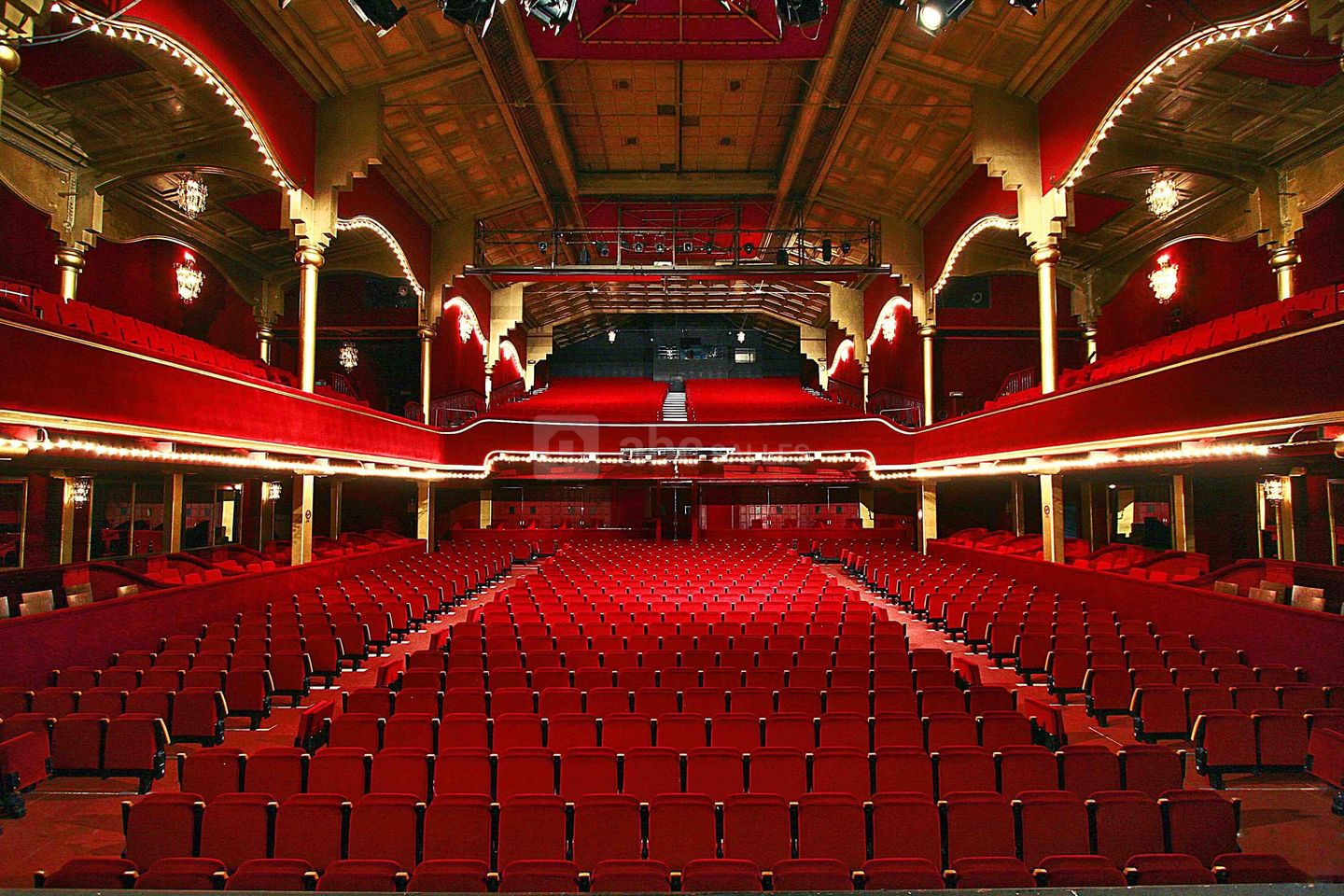
Casino entertainment have long been a engaging form of entertainment, drawing countless of players from diverse cultures around the globe. From the lively casinos of Las Vegas to the thriving gambling halls of the Chinese gambling capital, these games serve as a bridge that unites people across different backgrounds. The allure of fortune, tactics, and uncertainty entices not only those hoping to gamble for profit but also those looking for a feeling of belonging.
The influence of casino games extends far beyond the gaming floor. They often reflect the cultural standards and traditions of the communities in which they thrive. Games such as Texas hold ’em, 21, and the wheel game have integrated into the tapestry of popular culture, influencing multiple fields from movies to fashion. As we explore this intriguing intersection of chance and life, we can gain insights into how casino games shape and are shaped by the world around us.
Historical Progression of Casino Games
The origins of casino games can be followed back to historical civilizations, where betting in various forms was widely performed. In China, around 2300 B.C., a variant of lottery known as Keno was common, while in old Rome, soldiers would regularly bet on the outcomes of their games. The notion of using chance for amusement and gain progressed over the centuries, leading to the formation of more formal games. casino stranieri By the final Middle Ages, gambling houses started to surface in Europe, particularly in Italy, which introduced early forms of well-liked games still enjoyed today.
As betting gained fame in European regions, the 17th and 18th centuries saw the rise of gaming houses as specialized locations for betting. The earliest official gambling house, the Ridotto, was set up in the city of Venice in 1638, providing games like Baccarat and Faro. This time marked a crucial pivoting point, as casinos began to draw not just the wealthy but also the expanding middle-tier society. The refinement of activities increased, leading to the development of new guidelines and versions that enriched the gaming experience.
In the 19th century, the era of industrialization and transformations in social conventions also changed the environment of gaming activities. The introduction of roulette and modern gaming machines attracted a larger clientele, and gambling establishments became seen as legitimate recreation. This era witnessed the worldwide proliferation of gaming, as gambling houses extended from Europe to the Western Hemisphere, culminating in the establishment of the famous Strip of Las Vegas in the 1900s. The development of gaming games has continued into the current era, including new technologies and online services, allowing them available to a worldwide population.
# Cultural Importance across Diverse Communities
Casino games have significant cultural importance across numerous societies throughout the globe. Places like Las Vegas, the very core of the city is woven around gambling establishments, where playing is not just a pastime but a fundamental aspect of social engagement and community life. The dazzling lights and vibrant atmosphere attract a vast audience, showcasing how casino games can shape local financial landscapes and cultural uniqueness. This setting transforms the notion of recreation into an engaging encounter that affects apparel, sound, and even movies.
Conversely, some communities treat betting with greater care, seeing it through the lens of morality and tradition. For example, in many Asian cultures, games like Mahjong and Pai Gow are steeped in history and have significant social implications. These games are often played during gatherings and occasions, fostering collective connections and strengthening family ties. The act of participating in these games goes past mere amusement, reflecting values such as honoring elders and the value of shared enjoyment.
At the same time, in European countries such as the principality of Monaco and Rome, casino games serve as symbols of luxury and sophistication. The elegant atmosphere of these establishments attracts both travelers and locals, reinforcing a sense of prestige and rarity. The art of Texas Hold’em and the tactical components of games like the game of baccarat are celebrated, molding community relationships and establishing an attraction that captivates a heterogeneous audience. This emphasizes how casino games can both mirror and influence cultural attitudes towards danger, benefit, and community interaction.
Economic Impact and Travel Industry
Gambling activities play a crucial role in the economic landscape of many regions, particularly those that rely heavily on tourism. The revenue produced from casino operations fuels local economies, creating employment opportunities not only within the casinos but also but also in related sectors such as hospitality, dining, and entertainment. This influx of tourists, drawn by the allure of gambling and the overall casino experience, stimulates expenditure across multiple local enterprises, contributing to the economic vitality of the region.
The existence of casinos often leads to the construction of facilities, including hotels, public transit, and leisure amenities. These developments are essential in improving the overall visitor satisfaction, making locations more attractive to tourists. Additionally, many casinos contribute in local communities through sponsorship of activities and philanthropic initiatives, further embedding themselves into the community structure of the region. Such contribution not only supports economic growth but also cultivates a positive image of the gambling sector.
Furthermore, the global popularity of casino games drives competitive tourism, with locations vying to attract gamblers from across the globe. Iconic destinations like Las Vegas and Macau have become synonymous with gambling culture, drawing millions each year. This competitive edge encourages innovation and variety within the gaming industry, influencing developments in entertainment and accommodation that resonate beyond their limits. The ripple effects of this tourism extend far, impacting local economies and cultural interactions on a worldwide scale.